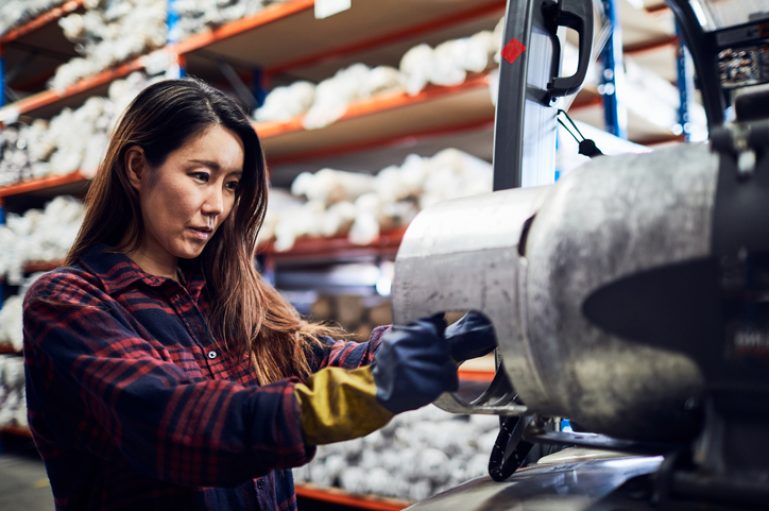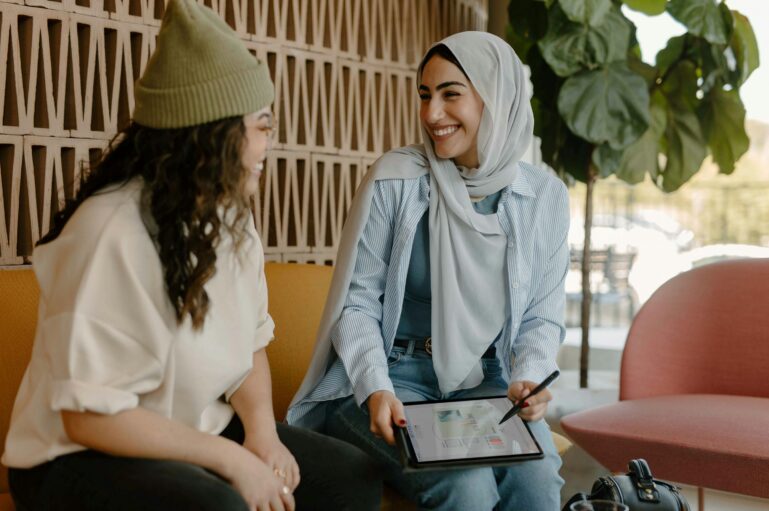They know what needs to be done. They are typically good at doing it, as they have had many years of practice. They are usually quite faithful. They work hard, albeit that many are somewhat tired. Many of them care deeply about the business brand and the company values. Some have become really successful and are now at the pinnacle of their respective professional fields. Many are in leadership positions, but quite a few are reporting to people younger than themselves. They do have a life, but it’s a different one to the life experienced by millennials – it frequently has the component of playing with grandchildren, discussing and supporting the decision-making processes of children and attempting to ensure that sufficient has been put away for retirement needs. Most are reliable citizens and assets to their respective companies.
Much has been written of late about understanding and bringing out the best in millennials – indeed a pressing problem. Very little attention, however, has been given to soliciting the best contribution from the older generation in companies – using their experience and ingenuity to make a significant input in their final years. Yes, older people, too, are creative and imaginative – this is not just the attributes that the younger set in our midst purvey. This mistaken lack of focus on those who fit in the fifty to sixty-five year old bracket is unfortunate and potentially demeaning – unfortunate, because companies could be reaping rich harvests of wisdom, energy and skills from the more mature in years; demeaning, because many older employees potentially feel overlooked or neglected.
The human resources department and leaders in general can play a significant role in tapping into the skillsets of the older generation. Perhaps leaders need to focus on some or all of the following actions to solicit the best out of the older employees:
- Offer dignity and respect always – extending deep respect, notwithstanding differences in thought processes and opinions, boosts morale and engenders reciprocal respect.
- Be clear on performance expectations – stretch goals are important to avoid drifting and settling in demoralising routines.
- Offer opportunity for involvement – inclusion in problem-solving and planning meetings adds diversity to the thinking of the group and taps into invaluable experience.
- Keep them abreast of technology advancements – training and exposure to upgrades in the technological arena is important to avoid feelings of being left behind.
- Use them as coaches – younger employees can derive a wealth of wisdom from coaching relationships with older employees. Make sure, however, that the older employees are taught how to coach well.
- Facilitate crucial career conversations – for example, “You have five more years before your set retirement date and I want to ensure that these five years of potentially significant contribution are your best ever. In what ways do you feel that you can offer your best in this remaining period?”
- Celebrate successes – appropriate recognition is important for employees for every stage of life. Reward good results and give praise publicly.
- Address paradigm blocks and comfort zones through exposure – attendance at conferences, industry excursions, participation in client visits, etc. These activities help older employees to approach business/production issues differently.
All leaders and managers within the human resources department have a significant role to play in supporting the older generation of their respective companies. Older employees have a lot to offer – create the opportunity to solicit their creativity.










